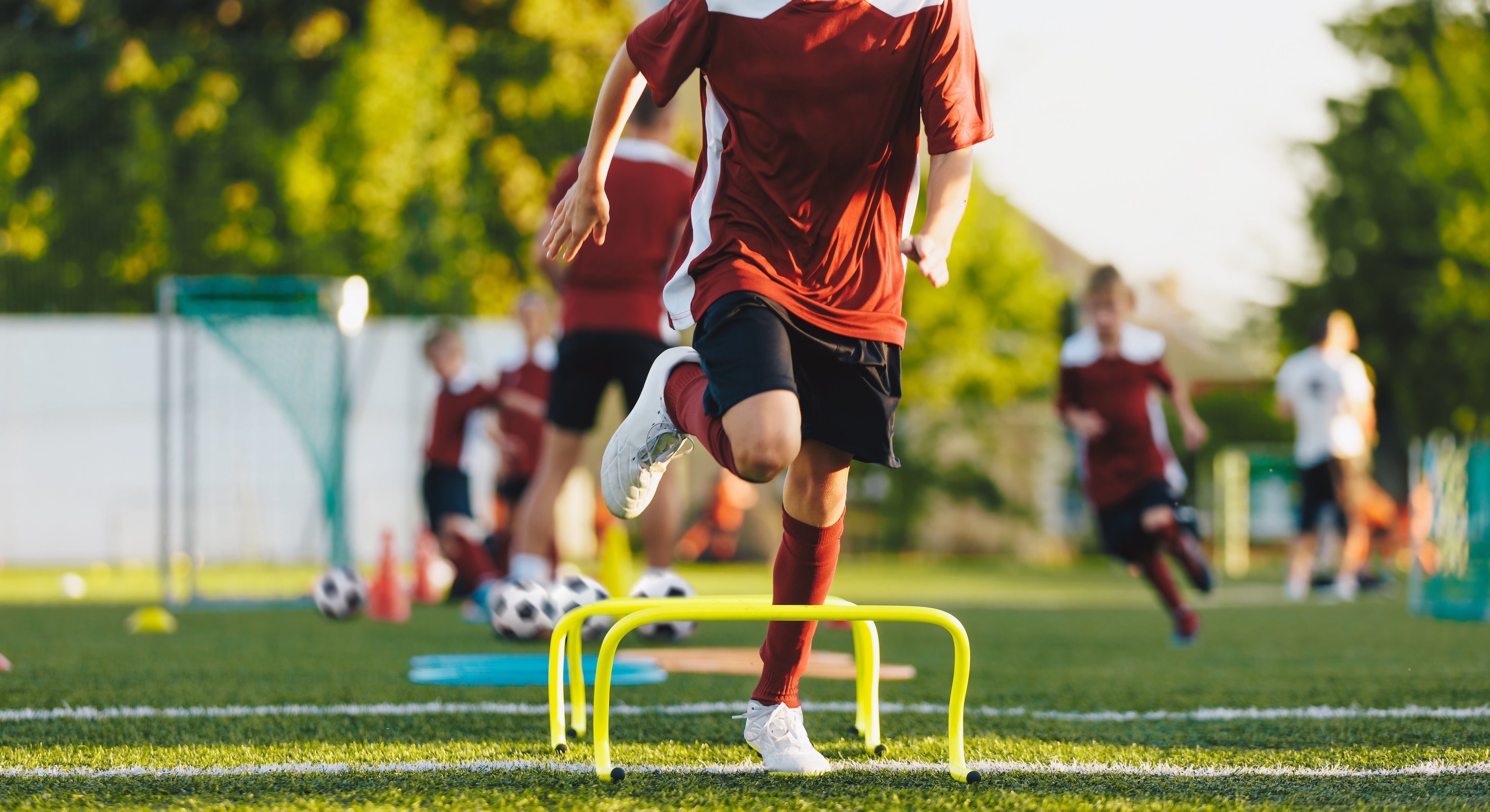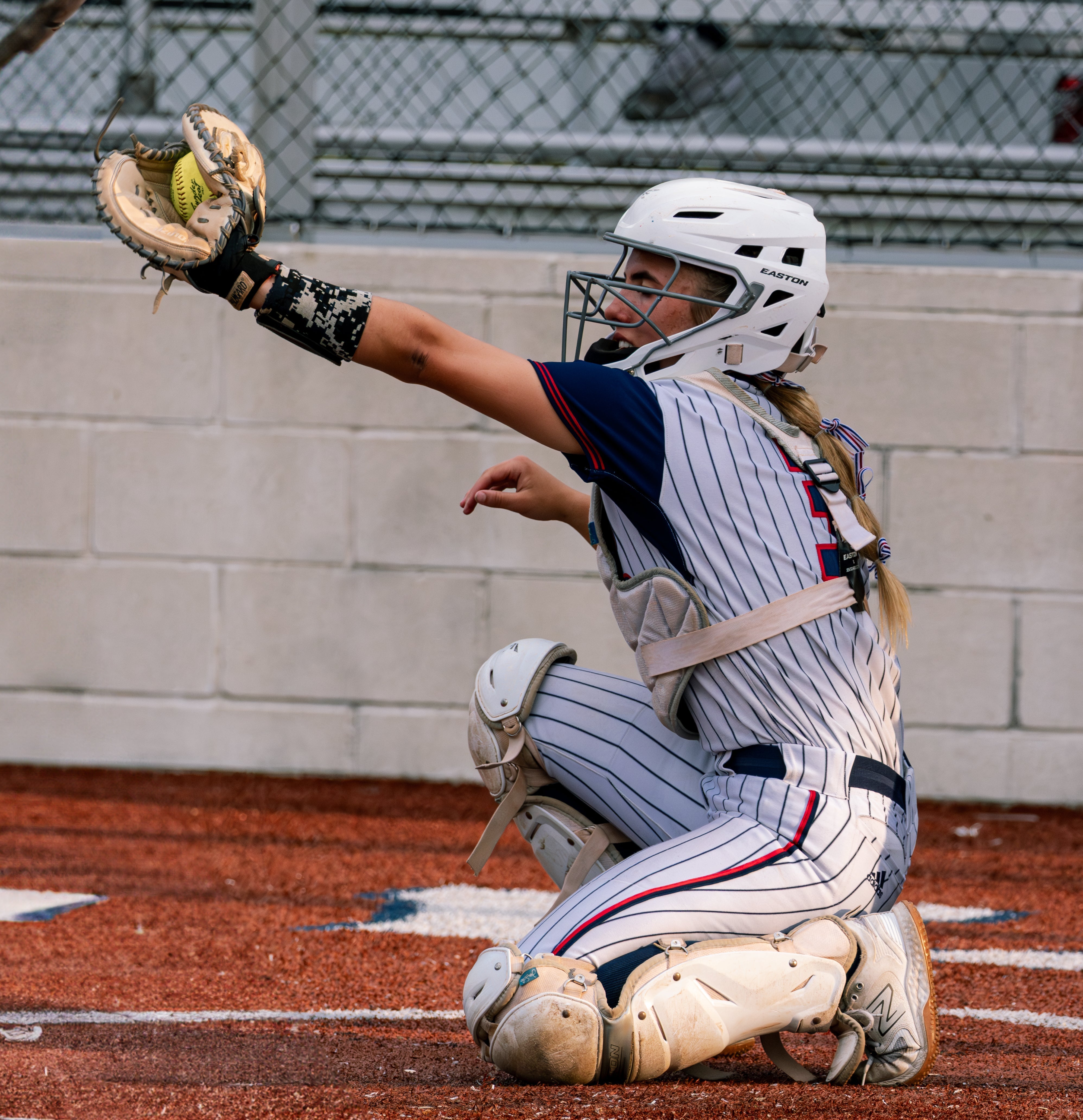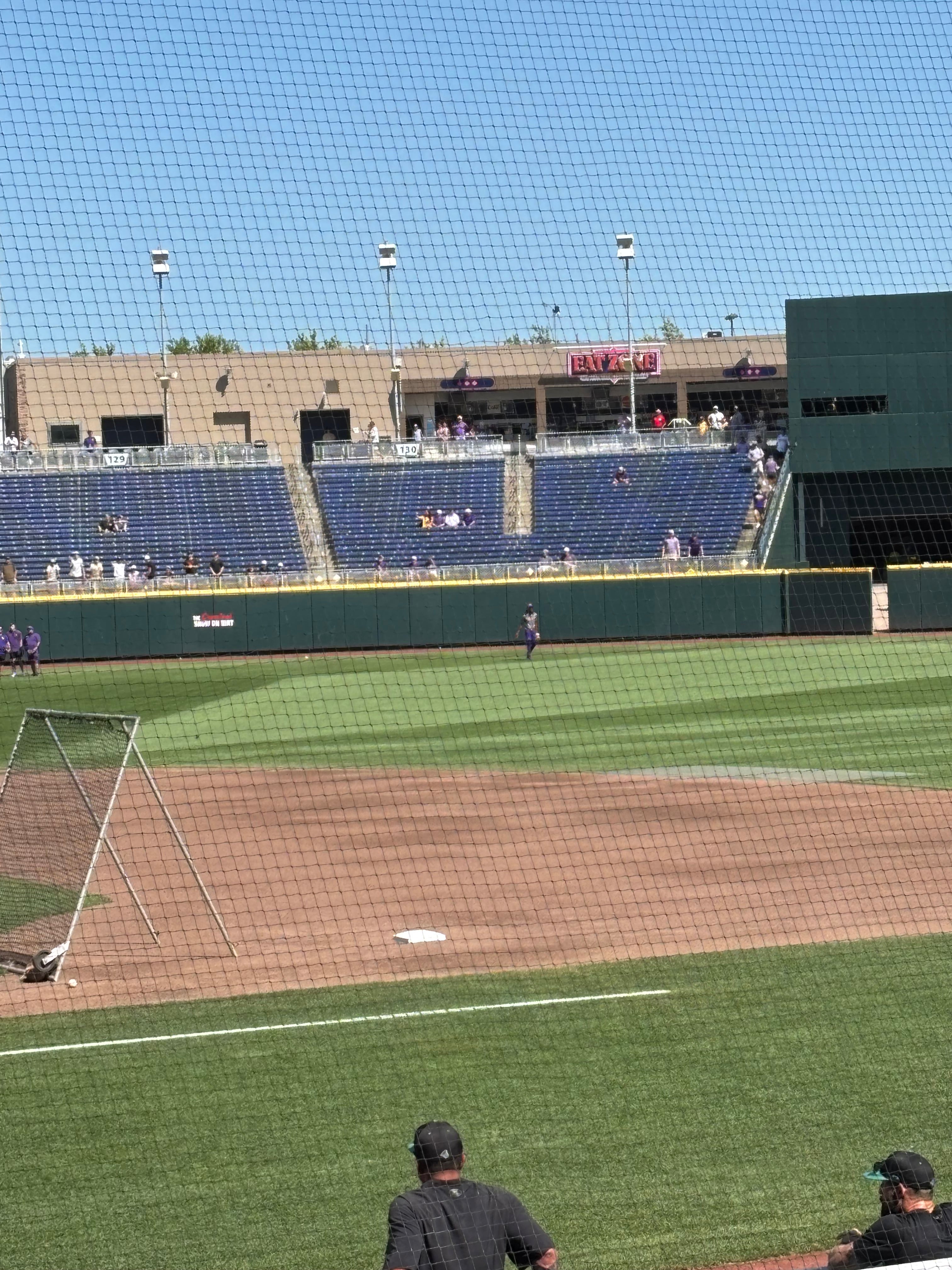
Electrolyte Balance: Critical Needs for Growing Athletes in Hot Conditions
Introduction
When young athletes train and compete in hot environments, their bodies face unique challenges that go beyond the normal demands of physical activity. The combination of intense exercise, excessive sweating, and developing bodies creates a critical need for proper electrolyte management. For parents, coaches, and the athletes themselves, understanding these needs isn't just about performance—it's about safety and long-term health.
Understanding Electrolytes and Their Function
Electrolytes are minerals that carry an electric charge when dissolved in body fluids. They play vital roles in:
- Nerve and muscle function
- Maintaining proper hydration
- Balancing blood pH
- Supporting cellular function
- Regulating blood pressure
The primary electrolytes lost through sweat include sodium, potassium, calcium, magnesium, and chloride. For growing athletes, these minerals are not only critical for immediate performance but also for proper development.
Why Growing Athletes Have Different Needs
Adolescent and child athletes have unique physiological characteristics that affect their electrolyte management:
- Higher surface area to mass ratio: Young athletes produce more heat relative to their body size and may sweat more profusely.
- Less efficient thermoregulation: Their bodies are still developing efficient cooling mechanisms.
- Different sweat composition: Young athletes often have less concentrated electrolytes in their sweat but can lose significant amounts through higher sweat rates.
- Growing bones and muscles: Require additional minerals for proper development beyond what's needed just for exercise.
- Lower awareness of thirst: Young athletes may not recognize dehydration signals as readily.
The Impact of Heat on Electrolyte Loss
When exercising in hot conditions, several factors increase electrolyte demands:
- Increased sweat rates: Athletes can lose 1-2 liters of fluid per hour in extreme heat.
- Extended duration of fluid loss: Heat prolongs and increases sweating before, during, and after activity.
- Higher core temperatures: Making efficient muscle function more difficult.
- Greater cardiovascular strain: Requiring more efficient electrolyte function for proper heart activity.
Recognizing Electrolyte Imbalance
Parents and coaches should watch for these warning signs of electrolyte imbalance in young athletes:
- Muscle cramps or spasms
- Dizziness or disorientation
- Fatigue beyond normal exertion levels
- Nausea or headaches
- Irregular heartbeat
- Mental confusion
- Weakness or poor coordination
Severe electrolyte imbalances can progress to heat illness, including potentially fatal conditions like hyponatremia (dangerously low sodium levels) or heat stroke.
Critical Electrolytes for Young Athletes
Sodium
- Function: Primary regulator of fluid balance, crucial for nerve impulse transmission
- Daily needs for active youth: 1,500-2,300mg, with increased needs during heavy sweating
- Warning: Both deficiency and excess can be dangerous
- Food sources: Sports drinks, salted crackers, pickles, tomato juice
Potassium
- Function: Muscle contraction, heart rhythm regulation, nerve signaling
- Daily needs: 3,000-4,700mg for adolescents
- Food sources: Bananas, oranges, potatoes, leafy greens, yogurt
Calcium
- Function: Muscle contraction, bone development, nerve function
- Daily needs: 1,300mg for adolescents
- Food sources: Dairy products, fortified plant milks, leafy greens
Magnesium
- Function: Muscle relaxation, energy production, bone development
- Daily needs: 240-410mg depending on age and gender
- Food sources: Nuts, seeds, whole grains, leafy greens
Chloride
- Function: Fluid balance, digestion
- Daily needs: 1,800-2,300mg
- Food sources: Table salt, many processed foods, tomatoes
Hydration Strategies for Hot Weather Training
Before Exercise
- Pre-hydration: 16-20 oz of fluid 2-3 hours before activity
- Electrolyte loading: Light snack containing sodium and potassium
- Monitoring: Check urine color – should be pale yellow
During Exercise
- Regular intake: 5-10 oz every 15-20 minutes
- Electrolyte-containing beverages: Sports drinks with 110-170mg sodium per 8 oz
- Temperature consideration: Cool fluids are absorbed faster
After Exercise
- Replacement rule: 16-24 oz for every pound lost during exercise
- Recovery nutrition: Include both electrolytes and carbohydrates
- Extended recovery: Continue hydration for 24 hours after intense activity in heat
Best Practices for Coaches and Parents
- Acclimation periods: Allow 10-14 days for gradual heat acclimation before intense training
- Personalized hydration plans: Account for an athlete's size, sweat rate, and activity intensity
- Weight monitoring: Track before and after practice to assess fluid loss
- Scheduled breaks: Enforce regular hydration opportunities
- Electrolyte variety: Don't rely solely on sports drinks; incorporate real foods
- Education: Teach athletes to recognize their own hydration needs
- Emergency protocols: Have clear procedures for signs of heat illness
When to Choose Sports Drinks vs. Water
Sports drinks are most beneficial when:
- Activity exceeds 60-90 minutes
- Heat and humidity are high
- The athlete has a history of cramping
- Multiple same-day training sessions occur
For shorter, less intense activities in moderate conditions, water is often sufficient, especially when paired with electrolyte-rich foods before and after exercise.
Common Myths About Electrolytes and Hydration
Myth 1: More salt is always better.
Reality: Excessive sodium can be as problematic as deficiency, causing cellular dehydration.
Myth 2: If you're not thirsty, you're hydrated enough.
Reality: Thirst lags behind dehydration, especially in young athletes.
Myth 3: Sports drinks are necessary for all athletic activities.
Reality: Many activities under 60 minutes in moderate conditions don't require specialized drinks.
Myth 4: Cramping is always from electrolyte deficiency.
Reality: While electrolytes play a role, muscle fatigue and poor conditioning are often larger factors.
Conclusion
For growing athletes competing in hot conditions, proper electrolyte balance represents a critical factor in both performance and safety. By understanding the unique needs of developing bodies, implementing strategic hydration protocols, and recognizing early warning signs of imbalance, coaches and parents can help young athletes thrive even in challenging environments.
The most effective approach combines education, personalization, and consistency—creating habits that not only enhance athletic performance but establish healthy hydration practices for life. As research continues to evolve in this area, staying informed about best practices remains an important responsibility for anyone working with young athletes.

